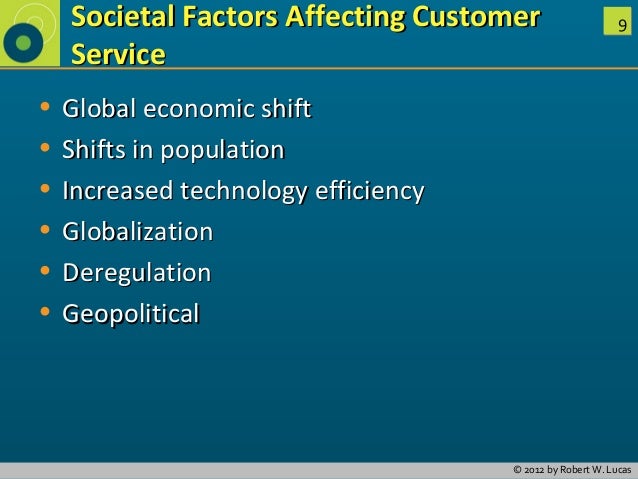Wal-Mart Stores Inc. is constantly looking for ways to improve in-store shopping in hopes of enticing customers to continue walking through the doors of its more than 4,600 U.S. locations.
One potential solution could be the use of unmanned aircraft systems, or drones, as a way to retrieve packages from one part of the store and deliver them to customers in another.
Wal-Mart received patent approval from the U.S. government in April for what it described as a "method to carry an item within a retail shopping facility." The retailer's plans -- and reasons for developing an in-store drone system to pick up and drop off inventory -- were outlined in a patent application filed Sept. 13, 2016, and published March 16, according to patent-approval documents.
According to the retailer, the airborne drone could be used as a tool to help customers to quickly collect items they've purchased, or intend to purchase, that may be located in a back room or distant aisle.
Wal-Mart said there may not always be enough employees available to assist customers with these items. It also could take workers a long time to walk to the back room and retrieve products. Either case slows the process for shoppers and contributes to "reduced customer satisfaction."
So Wal-Mart could call on drones to help collect and deliver items. A central computer system would dispatch and direct an airborne drone, determining its flight path through the store.
Sensors attached to the drones would be able to detect any obstacles as it navigates to a landing zone.
Several landing zones -- which could be in full view of shoppers or hidden from customers -- would be created in stores for the drone systems. After the item is detached either automatically by the drone or manually by an employee, the device would be directed away from the delivery area.
There's no guarantee the system will be utilized by Wal-Mart stores. Companies often file patents that are never used. But Rich Ham, associate director of the operations management program in the University of Arkansas' engineering college, believes Wal-Mart's system is feasible because of the advancements in drone technology.
"Those sensors are really key to this," said Ham, who teaches a course on drones. "You have to have sensors to detect where you are. It was available, but at such a high cost and lower end of success rate just a few years ago. But the technology is turning over monthly and the capacity to do this now is definitely doable."
To help create an "increased feeling of security for those below," Wal-Mart also said it could configure the flight path to go over shelves instead of aisles in the store.
"You can assess the risk where there's higher numbers of people and have it fly, not over the aisles, but over areas that are more covered and protected," Ham said. "And based on the way the technology has evolved over the last few years, I wouldn't have any concern about the safety piece."
Wal-Mart declined to comment about the patent, but the company has previously acknowledged the use of drones in other areas of its business. Wal-Mart demonstrated drone technology at work in its distribution and fulfillment centers during a media tour last summer.
Chief Executive Officer Doug McMillon previously said the retailer would begin to look more like a tech company as it moves forward. He told investors gathered at the Bank of America Merrill Lynch 2017 Consumer and Retail Technology Conference in New York the retailer has to "make our customers' worlds simpler."
"Technology in particular is being used to get rid of friction, make things simpler and easier, and customers just expect that as a company, you're innovating all the time and making things more enjoyable for them," McMillon said.
Wal-Mart has introduced features and technologies designed to do just that, blurring the lines between in-store and online shopping as it tries to compete with companies like Amazon.com.
Grocery pickup service, which allows customers to order groceries online, drive to the store and have them brought out to their vehicles, is available in more than 600 locations across the country. Wal-Mart also is tinkering with other in-store pickup options, including a large automated machine in Rogers in which customers can walk up, enter their name into a kiosk next to the machine and receive an order number. They scan the receipt at the machine and the item is dispensed.
Scan & Go, which allows customers to scan their items as they shop, pay within the Wal-Mart app and walk out the door without going through a checkout line, is available in every Sam's Club and is being tested in a handful of Wal-Mart stores. Services intended to simplify the pharmacy and financial services departments are also available.
"We're beginning to see the end of the retail store as it is and that's because the retail store is highly inefficient," said Annibal Sodero, an associate professor an at the University of Arkansas Sam M. Walton College of Business.
"The retail store of the future is really going to be much more automated. I think that we're beginning to see this with the drones because the idea, at least the idea of Wal-Mart's patent, is to make the drones fly over the shelves and bring something for customers out of the back rooms. That would allow the associates to do something else."
Sodero said that doesn't mean Wal-Mart customers are going to see drones buzzing over their heads as they browse the store any time soon.
But Sodero believes the patent, and the potential use of drones in stores, "is just the tip of the ice berg" as retailers like Wal-Mart think about the future.
"It's really this bigger context of how retailers are going to design the retail store and what is going to be the role of automation in that," Sodero said.
NW Business on 05/28/2017

No hay comentarios.:
Publicar un comentario